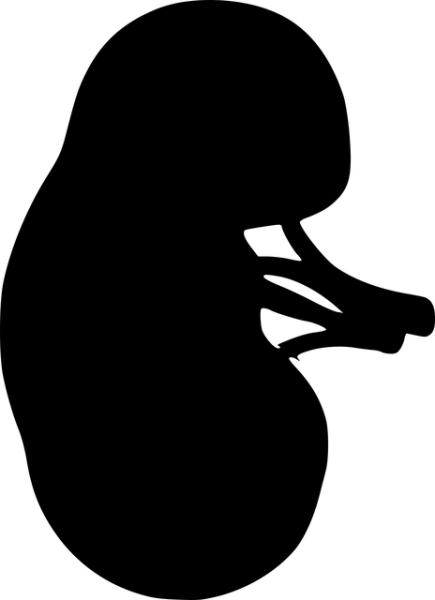Acute kidney injury (AKI) is a particularly bad problem, the loss of renal function makes it more challenging to manage a patient’s fluid balance and electrolytes, especially potassium which can cause the heart to beat irregularly or even stop. It also negatively impacts the function of the heart and lungs making it more difficult to get oxygen into the bloodstream and then deliver that oxygen throughout the body. While it can be treated, with fluid restriction, various medications, and even dialysis, the onset of AKI is frequently difficult to predict and detect as the usual indicators, the level of creatinine in your blood is a lagging indicator. Google thinks “predictive alerts” may be helpful.
Predictive alerts are real-time ways of telling the physician that, in this instance, the patient’s risk for AKI is rising, and increased surveillance and preventative measures should be deployed. An early warning should be not only prescient but provide an opportunity to improve the situation. Google’s approach, of course, uses an artificial intelligence tool, neural networks, that continuously scan health records and predict the onset of AKI within the next 48 hours. The training and test group, slightly more than 700,000 patients in our VA system, where the overall incidence of AKI was about 13%.
"With our approach, 55.8% of inpatient AKI events of any severity were predicted early, within a window of up to 48 h in advance and with a ratio of 2 false predictions for every true positive.”
As you might expect, the algorithmic prediction improved with the increasing severity of AKI, e.g., those requiring dialysis. The false positives are a bit worrisome. The researchers point out that the predictions, true and false, only impacted 2.7% of patients, and that a quarter of them developed AKI either later than that 48-hour window. But a majority of these false positives were patients already at heightened risk, the very ones with the most pressing need for risk mitigation.
It leaves what to do and who to call unanswered.
Those answers, especially in the presence of a significant false-positive rate may be costly; while heightened surveillance and early management is itself not expensive, the recommendation by the researchers, and in fact, the visceral response by many physicians, would be to request consultative help by a nephrologist, a physician trained in renal disease. That will certainly add costs.
The algorithm was robust across a wide range of hospitals and out-patient facilities, over 2200. It was fragile, meaning limited, to the VA population, one that is decidedly male, 94%.
A companion study considers how effective specialist intervention when alerted electronically might be. It does not use the previously described algorithm but looks at those patients with AKI on admission to two National Health Service hospitals, one hospital acting as the control. Control patients were slightly older, slightly more Caucasian, marginally more “deprived,” the British phrase for socioeconomic circumstances, and with fewer co-morbidities and early renal insufficiency. So not quite an apple to apple comparison.
The results were disappointing. To the extent that the study showed electronic messaging increased the rapidity and compliance with NHS guidelines for consultation, there is an improvement in system function, but there was no improvement in recovery from AKI. While the researchers put forward several arguments about why system-wide improvements or lower incidences of AKI might have contributed to the lack of improved outcomes; the more fundamental reason is that AKI is best treated by prevention, not subsequent treatment.
Between the two studies, where are we left? Computerization makes the intervention more consistent and timely, but for AKI, has not consistently improved outcomes. Predictive algorithms may further improve those figures, but its clinical value in improving patient care has yet to be established. Despite our current best efforts, the role of AI in these circumstances is more sizzle than steak.
Sources: A clinically applicable approach to continuous prediction of future acute kidney injury Nature DOI: 10.1038/s41584-01901390-1
Evaluation of a digitally-enabled care pathway for acute kidney injury management in hospital emergency admissions npj Digital Medicine DOI: 10.1038/s41746-01900100-6




